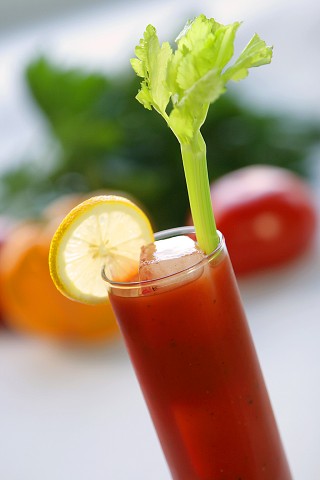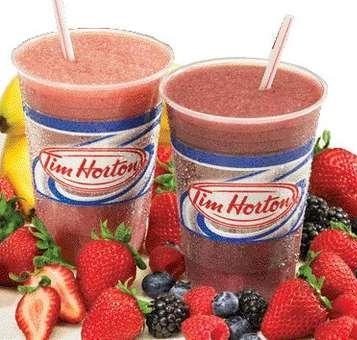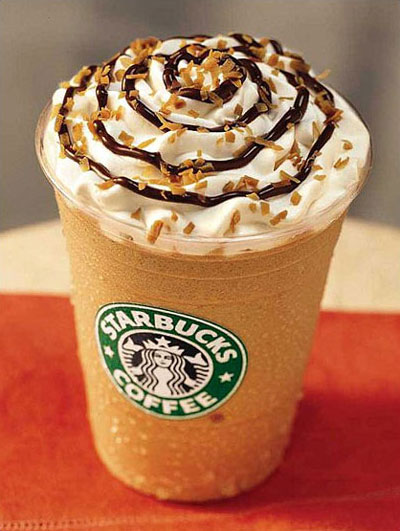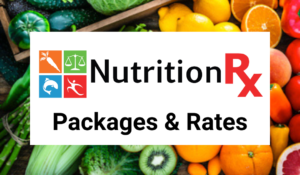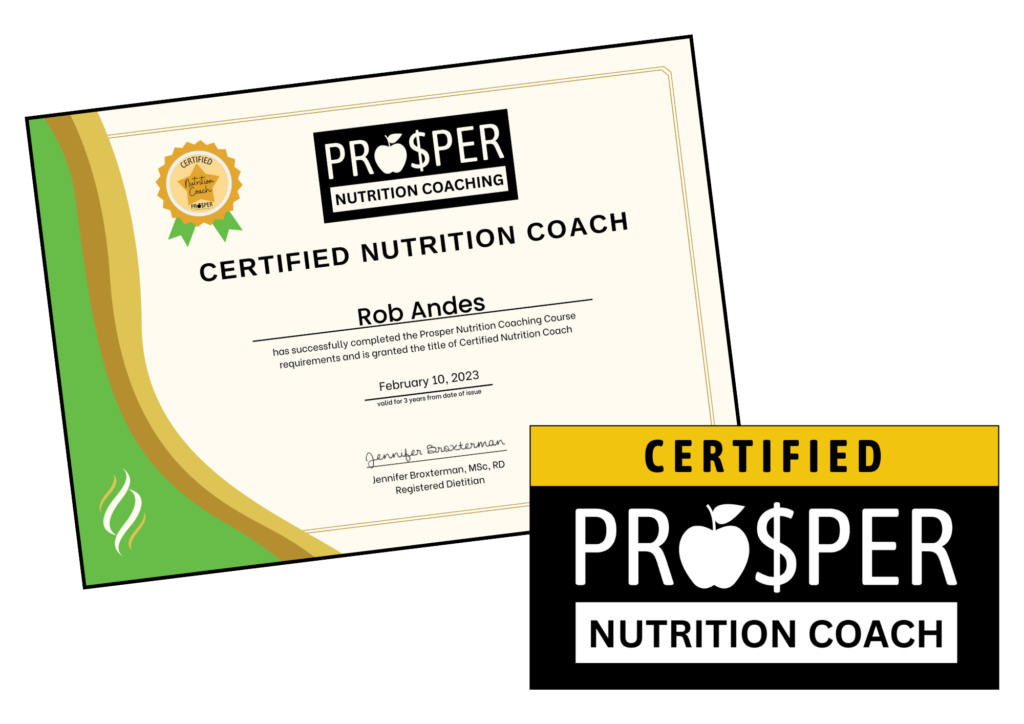

How to Avoid the Patio Beverage Pitfalls this Summer
Written by: Lisa Doerr, BScH Foods & Nutrition Student
Reviewed by: Jennifer Broxterman, BScH Foods & Nutrition
Registered Dietitian & Sports Nutritionist
NutritionRx (www.nutritionrx.ca)
Email: info@nutritionrx.ca
We all know that alcohol is higher in calories than most foods. Besides fat, alcohol contains more calories per gram than any other food source does. However, it’s also a staple of summer patio culture, and eliminating it completely may be unrealistic. Although we would never recommend that alcohol be a main source of calories in your diet, it is possible to choose beverages that are lower-calorie and more nutritious, as well.
BEER: Alcohol is made by fermenting sugar, so it follows that light beer, which has less alcohol, would also have less calories. Or, ask for a “shandy” – half a pint of beer, mixed with half a pint of diet lemonade or ginger ale, tastes great and decreases the alcohol content.
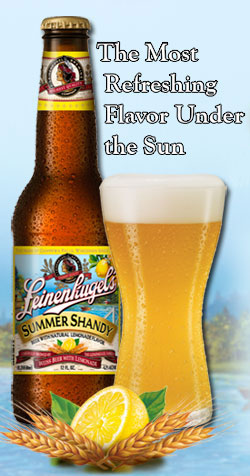
SPIRITS: If you’d rather drink hard alcohol, try choosing clear alcohols – gin and vodka have less calories than rum and whiskey do. Mixing an ounce with club soda or diet pop will give you a drink with 65-80 calories per glass. If you feel like ordering “light” drinks will damage your reputation, try drinking your liquor on the rocks or straight – the majority of the calories in cocktails come from the mix. Nixing the mix will substantially lower the calories in your beverage, and no one will tease you about being on a diet.
COCKTAILS: Try a Bloody Mary – half a cup of tomato juice counts as a food guide serving of vegetables. Equally, a simple Screwdriver made with ½ cup of orange juice provides 100% of your daily vitamin C. Don’t get us wrong; this doesn’t mean that you should drink 8 of them each day (and don’t kid yourself into thinking that the celery garnish counts as another serving of vegetables). It just means that mixing your spirits with tomato juice adds more nutrients to your diet than mixing them with cola would.
WINE: Recently, there has been media frenzy around the heart benefits of wine. Red wine is high in “polyphenols”, antioxidants that have been shown to increase heart health. White wine doesn’t contain these polyphenols, but it has been proven to control bacteria that causes tooth decay and sore throats. Try a white wine spritzer – your favourite white wine, mixed with a bit of club soda, contains only about 80 calories per glass.
As for virgin drinks: cold, frozen beverages are synonymous with summer, but they can be high in calories and sometimes it’s hard to know whether you’re making a healthy choice. Thus, we’ve also included few suggestions to make some popular non-alcoholic options a little bit more nutritious.
ICED COFFEE: When the weather gets hot, many people switch to iced coffee – no one wants to be outside holding a 100-degree drink. The only danger is, cold coffee often doesn’t taste very good, and the temptation is to add sugar. Substituting Splenda will decrease the calories, but the jury is out on whether or not sugar substitutes are harmful to your health. Try adding less sugar (we know, it’s not rocket science), or blending your coffee with ice. Then, add nonfat milk instead of cream to decrease the added saturated fat.
SMOOTHIES: Fruity blended drinks are a popular summer option, and they can be a great source of nutrients. You may choose to try one of Tim Horton’s new berry smoothies: a 10-ounce small size has one serving of fruit, some yogurt, and about 150 calories. The mixed berry version only has 4% of your daily calcium intake, but the strawberry-banana version has 35%. However, be aware – both flavours contain over 30 grams of sugar. Ideally, make your smoothie yourself and add a handful of spinach – you won’t be able to taste it, and it adds a substantial punch of iron and folate to your drink. Try using Greek yogurt instead of regular to increase the amount of protein. And, if you don’t already, add ice to your smoothie. It will improve the taste, make it colder, and increase the volume without adding calories.
FRAPPUCCINOS: The mound of whipped cream on top of a Starbucks Frappuccino is a dead giveaway that the drink is not exactly healthy, but sometimes the summer months call for a frozen treat. Try ordering your drink “light” – it will automatically come sugar-free, nonfat, and without the aforementioned whipped cream. If you can’t tolerate the taste of the artificial sweetener in the sugar-free version, ask for your drink “half sweet” instead. You’ll still have the flavour, but with half the sugar of the regular version.
Fun fact: you may think that the Green Tea Frappuccino is a healthy alternative because the Matcha green tea powder used to make it is high in antioxidants and vitamin C. But, Starbucks Matcha contains more sugar than it does tea – you’re still reaping some nutritional benefits, but you’re getting a lot of sugar, as well. Ask for your Green Tea Frappuccino unsweetened – it will taste the same, but the sugar content will be substantially decreased.
Or, maybe your go-to summer drink isn’t listed here. We’d love to hear about your smart beverage options in the comment section, or feel free to email us questions and concerns. Until next time, happy sipping!
Wishing you health & happiness,
♡ Jen
Jennifer Broxterman, MSc, RD
Registered Dietitian
NutritionRx: happy, healthy living with our team of Registered Dietitians
Prosper Nutrition Coaching: a world-class nutrition coaching certification
+
+
+
Want to work with a NutritionRx Registered Dietitian?
Learn more here: Nutrition Packages & Rates
+
+
+
Want to become a Certified Nutrition Coach?
Learn more about our habits-based Prosper Nutrition Certification


